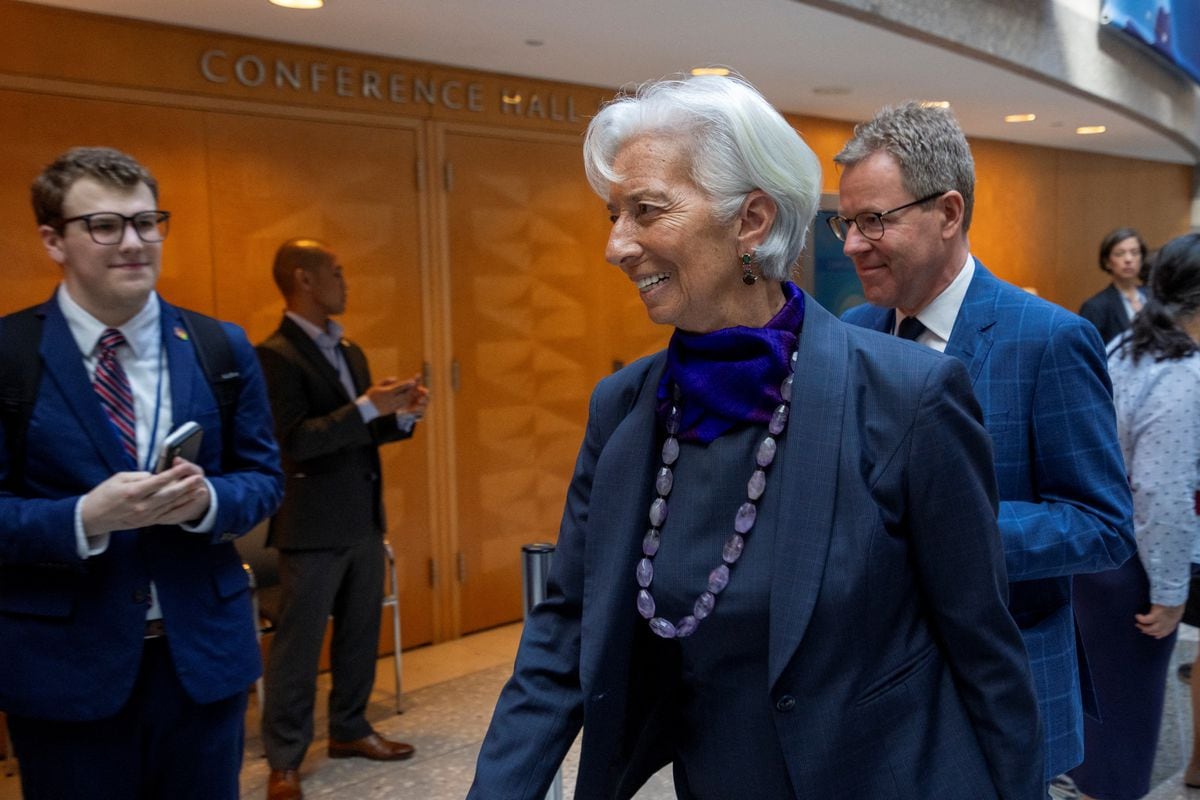The International Monetary Fund (IMF) has recommended promoting regional integration as a strategy for Europe to close the gap in growth, productivity, and income compared to the United States. According to experts at the Fund, Europe’s low potential growth is a significant challenge that needs to be addressed through new policies.
The IMF emphasizes the importance of deepening the single market rather than resorting to measures that break it up. They suggest that increased European integration, both within and outside the EU, could lead to significant productivity gains. The report highlights that reducing internal barriers by 10% could raise GDP levels by 7%.
The IMF also stresses the need for stronger and deeper integration to enhance resilience against global risks. To achieve this, they call for the completion of banking and capital markets unions, harmonization of tax and subsidy rules, improvements in insolvency regimes, and reductions in administrative burdens.
The Fund also advocates for enhanced labor mobility, trade liberalization, and increased integration to unlock productivity gains. While capital stock and labor input levels in Europe are close to those of the US, productivity remains lower. The report underscores the need to improve productivity as a key factor in enhancing the region’s growth prospects.
To address income disparities with the United States, the IMF recommends increasing labor force participation rates at both national and European levels. They also call for measures to prepare workers for structural changes and promote private investment opportunities. Furthermore, fostering innovation can drive positive economic growth by increasing productivity levels further.
Overall, the IMF sees a soft landing for the European economy as achievable but emphasizes the importance of getting macroeconomic policies right. They stress the need for adjustments in monetary and fiscal policy to maintain steady growth. The report concludes that Europe’s prospects for sustained growth depend on implementing bold reforms at both national and European levels.
In conclusion, regional integration is key to closing gaps between Europe’s growth potential compared with other regions such as America’s economy. By reducing internal barriers between countries within or outside EU borders by 10%, GDP levels can increase significantly by 7%. Stronger integration would lead to enhanced resilience against global risks while promoting innovation further boost economic growth.
However, these reforms may face resistance from some countries; therefore it’s crucial that policymakers overcome these obstacles if they want Europe’s economy


